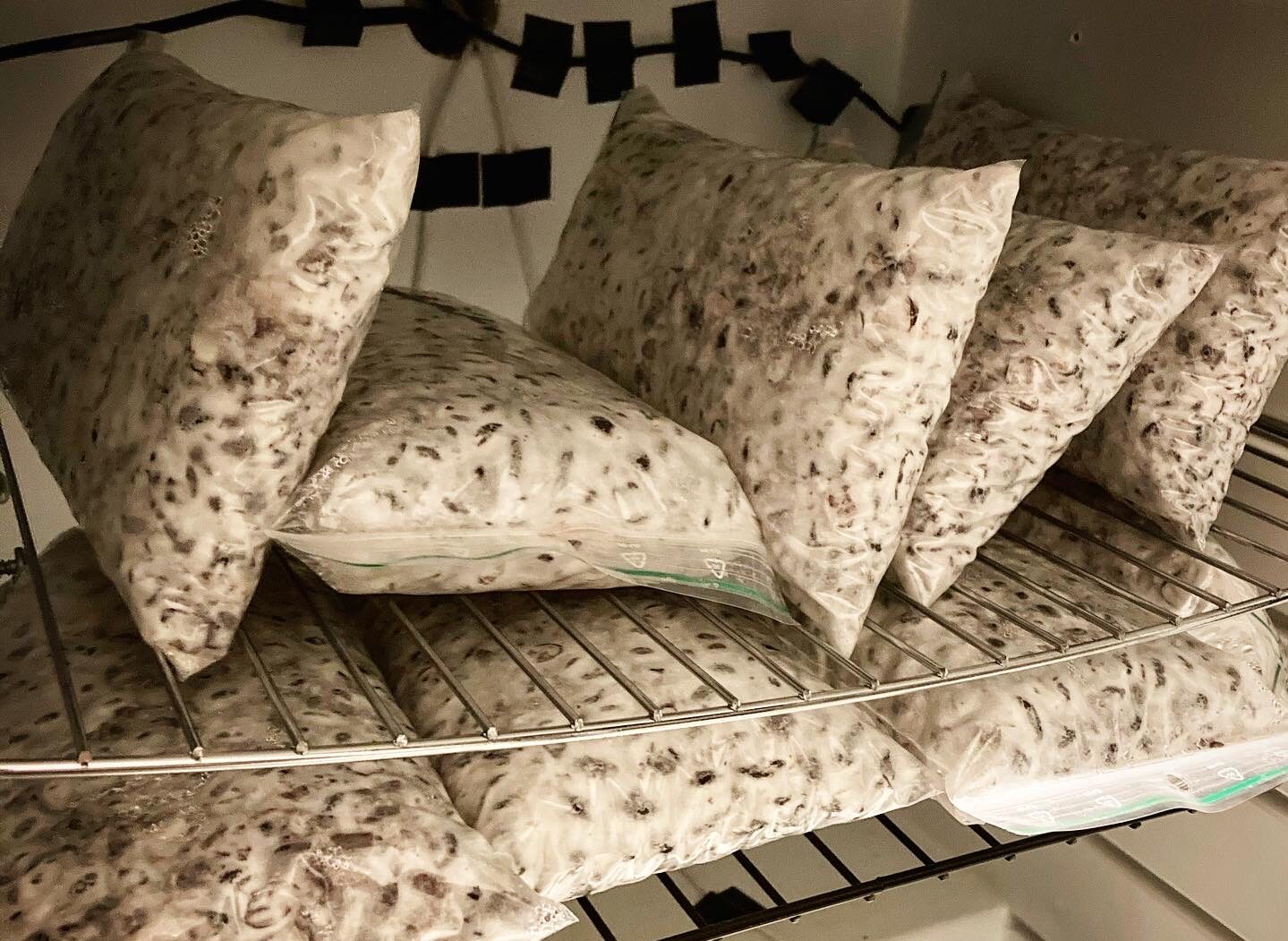In this article you will find description of two general categories of fermentation: solid state and submerged fermentation. The information included below will give you an understanding of specific features using techniques in particular applications.
One of the general categorizations of fermentation process divides them into two groups: solid state fermentation and submerged fermentation. Both types have their advantages and disadvantages but there is no “better” option. The two are different and commonly used for different final products.
Solid state fermentation
Solid state fermentation (SSF), as the name suggests, is the category of fermentation that occurs in aerobic conditions. Many scientific definitions combined into one allow me to formulate my own:
SOLID STATE FERMENTATION – process of microbial transformation promoting growth of desired microorganisms on solid substrate under oxygen conditions close to the natural environment with minimal moisture content.
Solid State Fermentation is well known in traditional manufacturing of fermented foods in the East (Indonesian tempeh, Korean doebanjang, Japanese koji, Chinese chiang) and in Western cultures (bread or mould-ripened cheeses). The majority of fermented beans and fermented grains is based on SSF.


Usually SSF is represented by fungi or other microorganisms that would thrive in the same conditions in the natural environment. The most important thing to know is that the microbes responsible for the transformation require oxygen to multiply and dominate the substrate. The reason for using this type of process is because it allowes for sporulation and production of various enzymes that later are be used in creating final food products. Low water activity of the substrate allows for the microorganisms to grow on solid substrates. Side note: SSF in production of enzymes is widely used in other than food fields, such as
Characteristic of Solid State Fermentation
Solid substrate used
(beans, grains, starchy products)
Simple techniques applied
(pre-treatment, inoculum, incubation)
Low water activity
(only the moisture absorbed the substrate)
High product concentration
(from enzymatic perspective)
Submerged fermentation
Submerged fermentation (SMF) is the most common type of operations in the fermentation industry. The substrate submerged in liquid has conditions that prevent oxygen exposure, hence promoting anaerobic growth of desired microorganisms. Water or brine is a dominant component of the substrate.
SMF is represented by a vast range of products including cheese making, brewing and the production of citric acid. On a more scientific side of the process – it is also used in wine and fruit juices conditioning for clarifying liquid and removing pectin from final products. Submerged fermentation is also a dominant application for creating starter mycelium in mushroom cultivation.
Characteristic of Solid State Fermentation
High water activity
(water as a main component)
Liquid end-product
No oxygen requirement
(only what’s dissolved in the liquid)
Easy to implement and scale-up
(low production costs)


These two types of fermentation are commonly used in food fermentation but can also be found in other industries, such as pharmaceuticals, chemicals and bioethanol industries. It’s worth to know that the two have different characteristics. Technical knowledge should not discourage you from making your favorite or dreamt ferments. If you are in doubt – you can always reach out to me or fellow fermentor you meet on your way.






